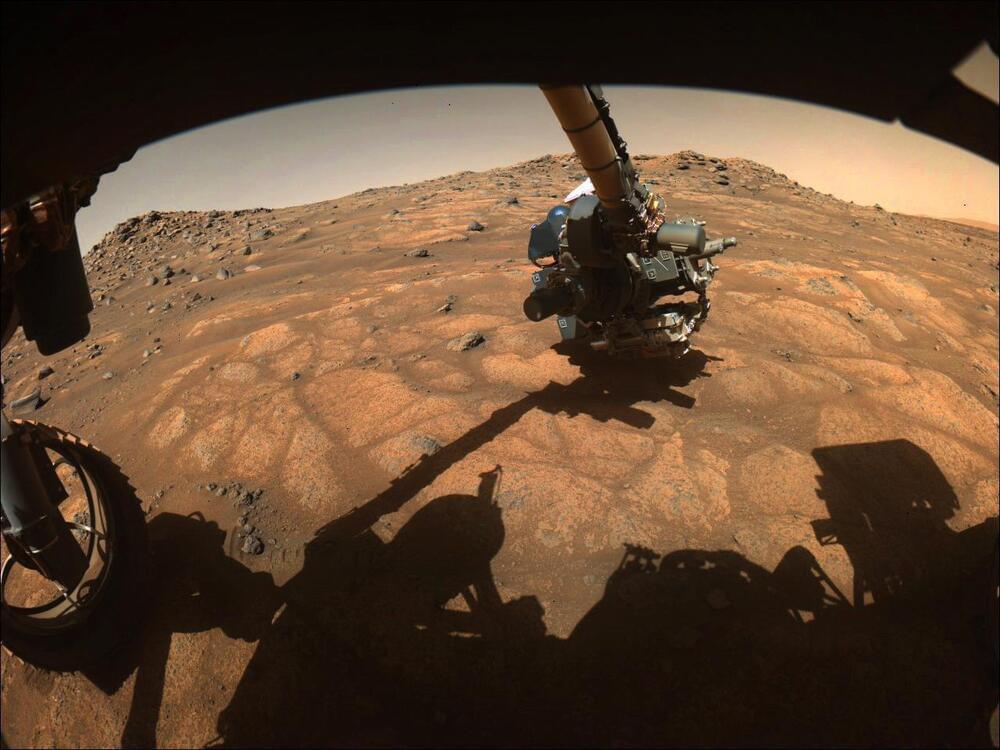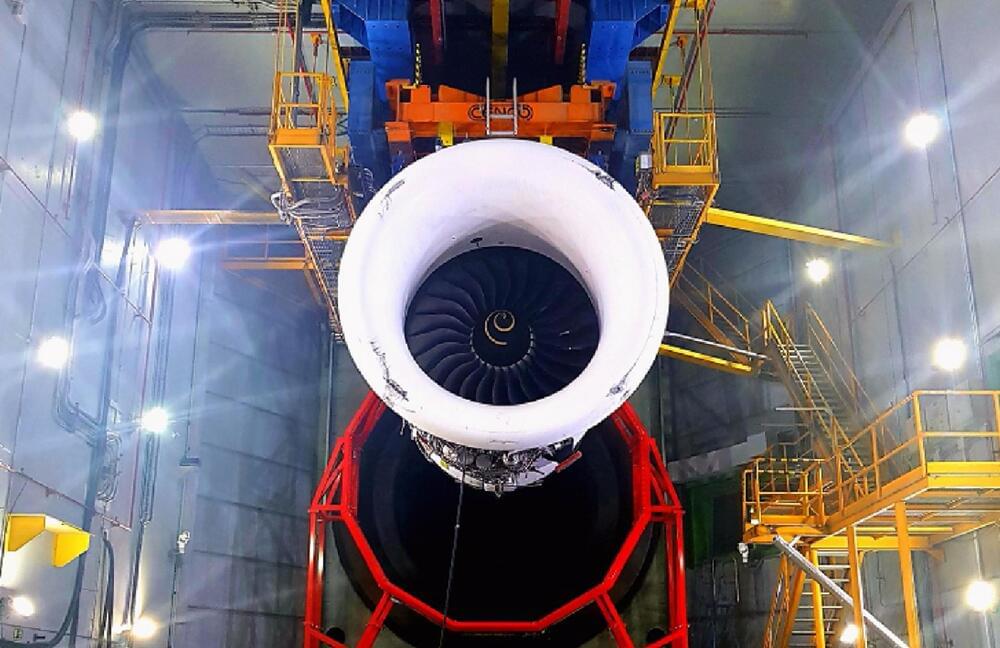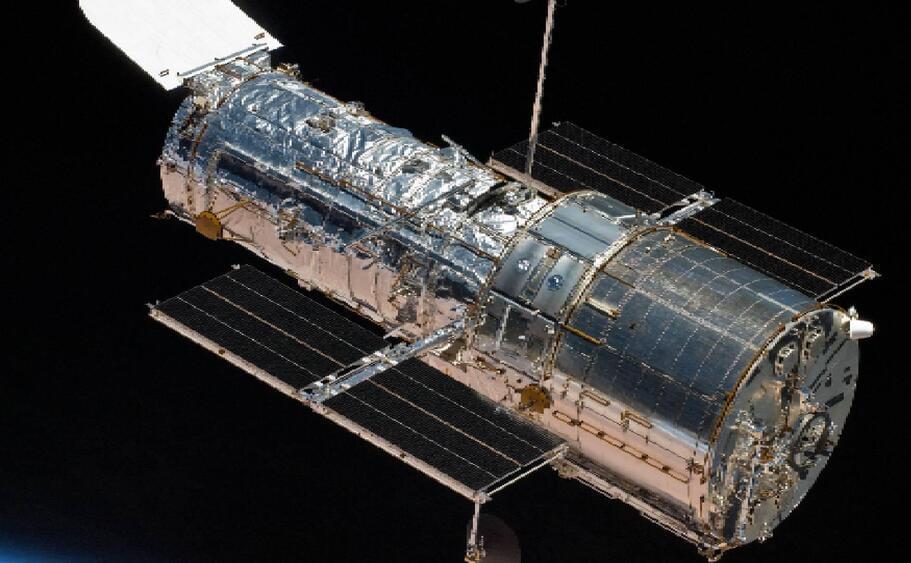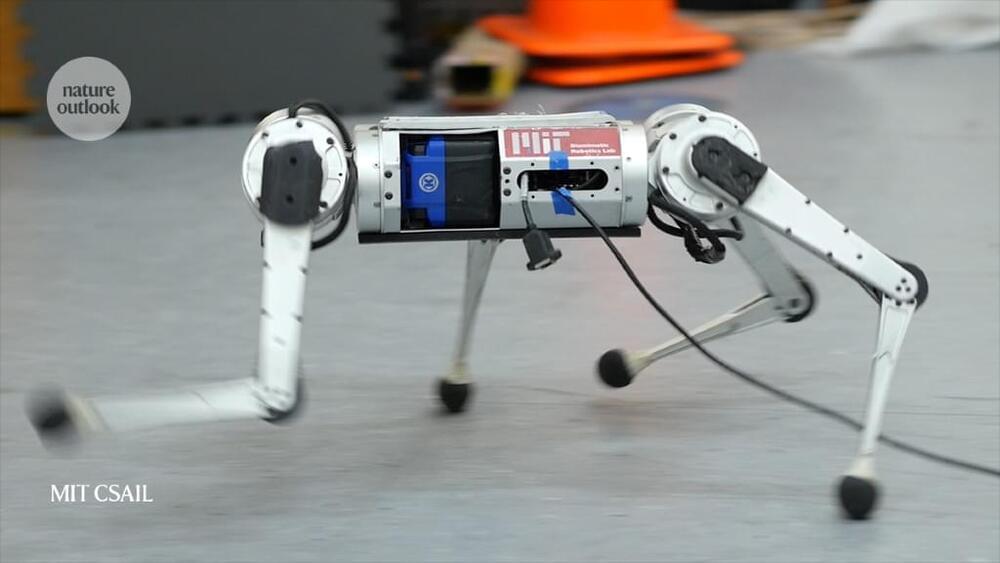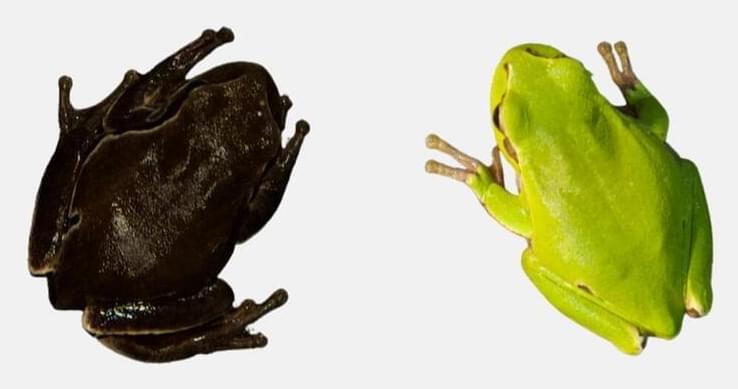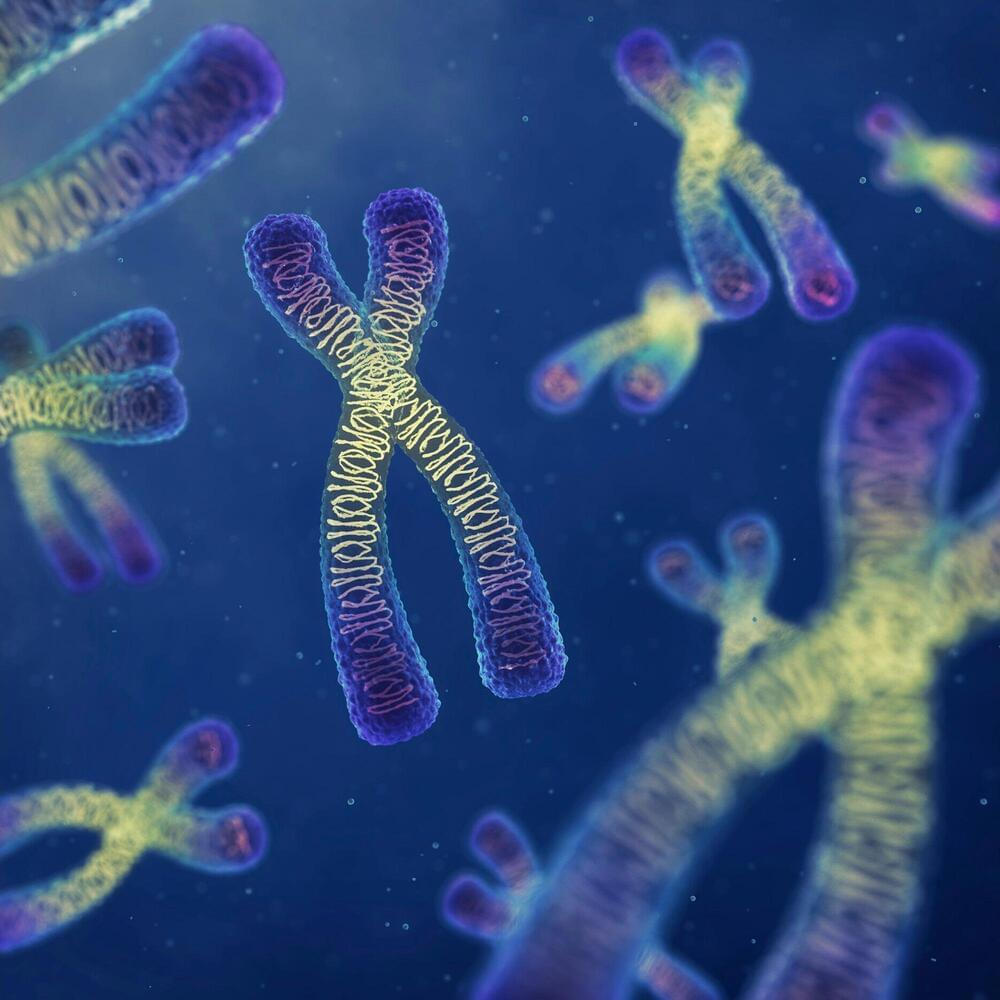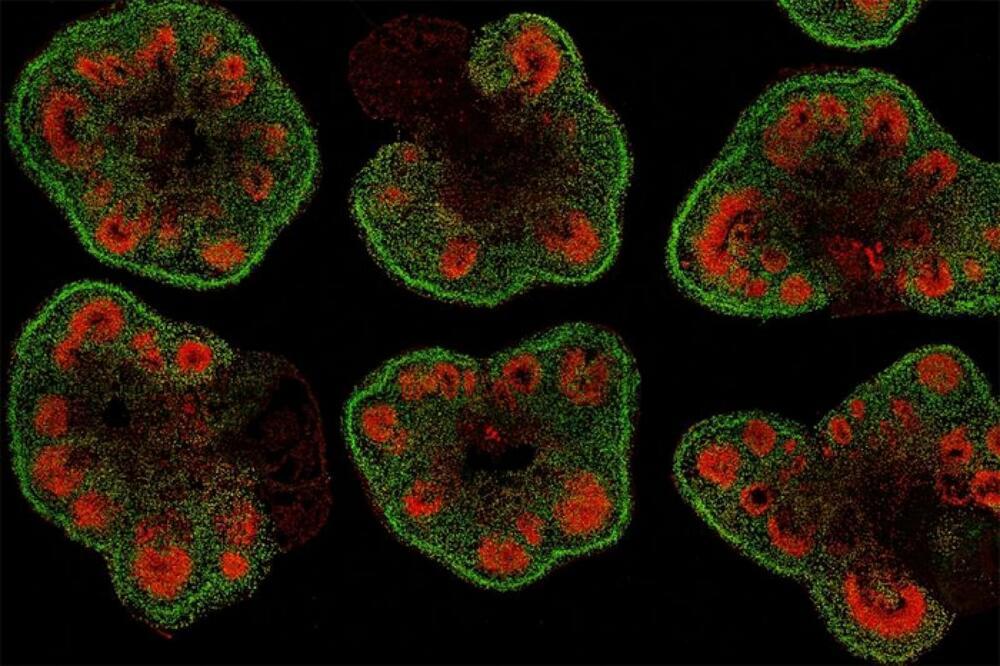Finding definitive evidence for past primitive life in ancient Mars rock and soil samples may be well-nigh impossible, renowned geologist and astrobiologist Frances Westall told me at the recent Europlanet Science Congress (EPSC) in Granada, Spain. And she should know. Westall is someone who still claims the discovery of Earth’s oldest-known microfossils, dating back some 3.45-billion-years ago.
But it’s hard enough to identify primitive microfossils in Earth’s oldest rocks, much less from robotic samples taken on Mars. Thus, if we have a hard time identifying past life on Earth, what hope do we have of doing it with Mars samples?
“I think it’s going to be really difficult,” said Westall, a researcher at France’s Center for Molecular Biophysics in Orleans. “I can tell you, there’s going to be a lot of arguments about it.”
